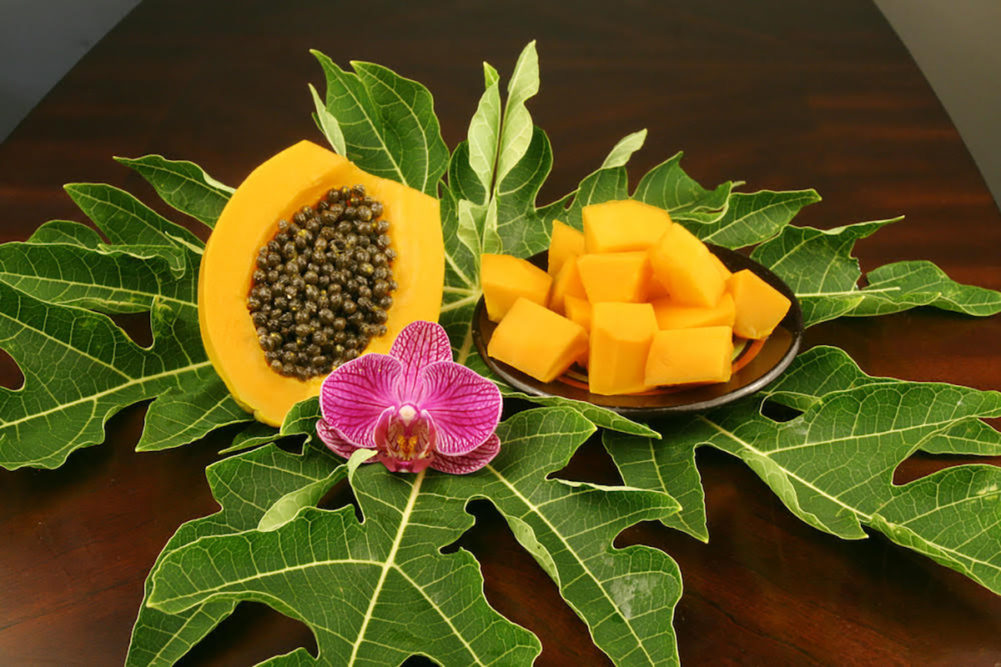Hawaiian papayas shipping to the mainland in the coming months are expected to plentiful, with more than 1 million pounds per month expected, said Eric Weinert, president of the Hawaii Papaya Industry Association and the owner of Hawaii Papaya Direct.
“New fields are beginning to be harvested this spring, meaning larger size fruits will be available,” Weinert said. “Sizes range from 1 pound each for small sizes to 1.4 pounds for large sizes.”
Volumes and production have returned to normal as most supply chain issues caused by government shutdowns have ended, he added.
Transportation is probably the biggest supply chain issue the Hawaiian industry currently faces. With limited air space, exporters have to ship by boat, and the cost of shipping is considerable.
“There’s not much adjustment you can make, we just account for it,” Weinert said. “Supply chain issues are much easier than last year, though. Transportation between Hawaii and the West Coast is back to normal.”
And two issues that loomed large the past two years — fertilizer shortages and lack of storage space — have not been a problem this year.
The demand for Hawaii Papaya continues to be strong, Weinert said, thanks to loyal customers preferring the superior taste and quality of Hawaii-grown fruit.
“All of our papayas are grown in very porous lava rock soil, and it is very nutritious and geologically unique.”
To keep those sales high, the Hawaiian papaya industry has not sought solutions involving things packaging and technical breakthroughs.
Instead, Weinert said, the industry keeps a laser focus on getting the freshest papaya to market with proven temperature controls throughout shipment.
One exception to that, however, has been the practice of newer companies who provide direct-to-consumer internet sales (HawaiiPapayaDirect.com), where papaya is harvested at riper stages, packed, shipped via express freight services like FedEx, and delivered to the customer’s door within days of being harvested.

